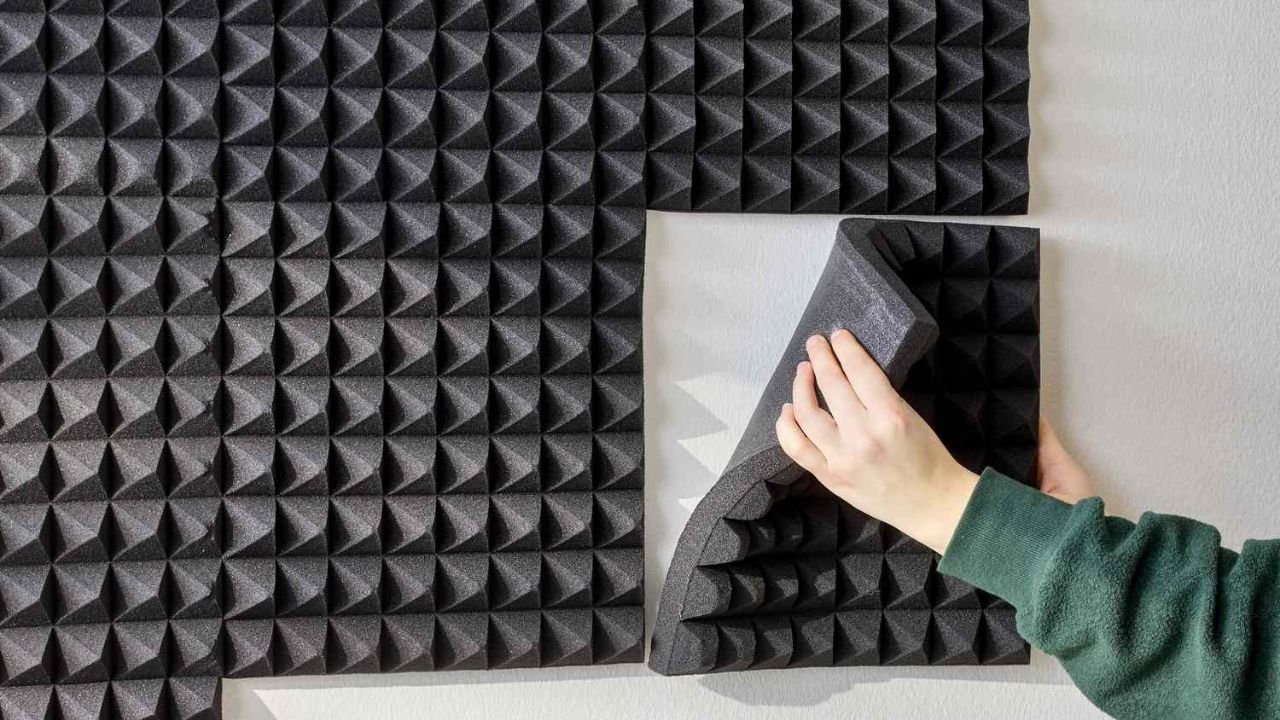Impact and airborne sound is reduced by using an acoustic underlayment or sound mat. The impact noise is caused by slamming something on the floor, dragging furniture or fixtures. Air noise is as a result of television sets, monitors and speakers and human chatter. That is the working principle of sound-absorbing mats:
Hush sound
Acoustic underlayments are commonly meant to lower footfall noise among floors and rooms. Sound mat is put above the subfloor but underneath the final flooring. Impact noise is the sound that tends to be in the form of vibrations via the solid surfaces. The airborne noise can also be generated by an impact. To further enhance sound control, acoustic foam can be installed on walls or ceilings to absorb airborne noise and reduce echo within the space.
Sound-absorbing mats reduce vibration since they are made of dense materials that are flexible. The suppliers of underlayment work utilizing rubber, foam, cork, and other products absorbing the sound waves. Such mats diffuse and damp the energy caused by footsteps and other impacts and dropped objects. They are capable of preventing any impact noise that is likely to travel in solid floors and ceilings to other rooms.
Individual Floor Laying
The sound proofing mats offer an exclusive buffer among the sub floor as well as the flooring, lessening the transmission of the building vibrations. In the absence of a separation, the vibrations may transmit through the flooring, the subfloor and through the ceiling to adjacent rooms below or above. The mat also forms a distinct sound-absorbing layer with fibrous or mesh type structure to absorb the vibrations and direct them to even corners so as to minimize the noise transportation.
Other mats are extended several layers of different materials so that the vibrations are not so concentrated but permeated quickly and evenly in the fabric. The second layer prevents the transmission of structure-born sound through the hardwood, tiles, joists and ceiling boards. Sound-dampening mat is a product which can be used to improve acoustic efficiency between your floors and ceilings, in case you have an extra space in there.
Increase Mass
The extra addition of the material between the floor and the subfloor adds more mass between the floors and inside rooms. These sound attenuating mats are available in different thickness and give weight to the flooring system so that air borne noise can move through it with difficulty. The mass also prevents issue noise by adding the distance and other materials where the sound vibrations can travel.
Certain manufacturers have designed mats to separate out certain sound frequencies as in the case of low frequencies of noise by distant traffic, construction, and subwoofers. Others are densely flexible fibers that diffuse vibrations and cut down transfer of noise. These mats have the ability of enhancing sound absorption in multistory buildings around highways and emerging corridors.
Dissipate Noise
Acoustic mats are made to absorb sound and avoid the transmission of the vibration to the rooms above, below or near to the room they are used in. These mats are sold in distinctive designs thereby diffusing the vibrations. Vibration absorption and dissipation lowers the noise traversing within the floor, wall-ceiling system. The mats tend to help in minimizing noise in multistory facilities under hardwood, laminate and tile floors. There are also acoustic mats which can be placed in small ceilings to introduce a muffling layer of vibration shaking present in the subfloor.
Pick up a Premium Sound Mat Today
Soundproofing has the capacity to enhance comfort of every building particularly high-rise residential and commercial buildings. Recording studios, office buildings, theaters and concert halls, city homes, and others can be soundproofed with the help of sound mats. Call an underlayment supplier to find out more about sound mat systems and products.



